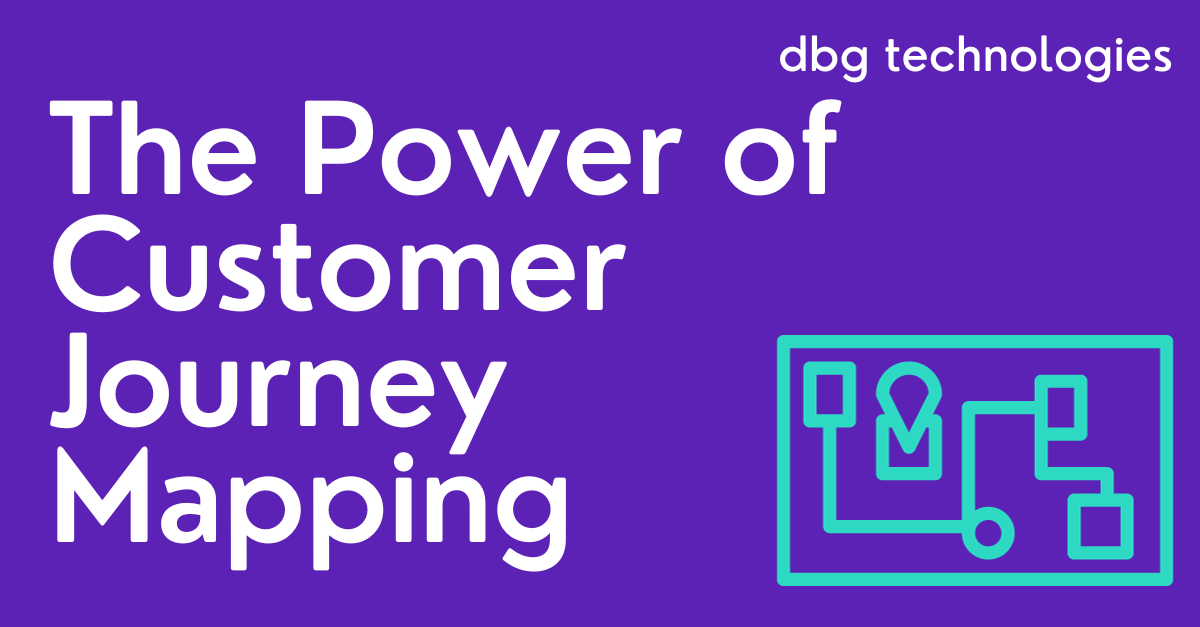 Customer Journey Mapping is a visual representation of a customer’s interactions and experiences with your brand across various touchpoints. It provides insights into the entire customer journey, from the initial awareness stage to the final purchase decision.
Customer Journey Mapping is a visual representation of a customer’s interactions and experiences with your brand across various touchpoints. It provides insights into the entire customer journey, from the initial awareness stage to the final purchase decision.
This technique is not just about tracking data; it’s about understanding emotions, motivations, and pain points.
Benefits for eCommerce
Enhanced Customer Understanding: By creating a detailed map of your customer’s journey, you gain a deeper understanding of their needs and preferences. This knowledge allows you to tailor your offerings and marketing strategies accordingly.
Identifying Pain Points: Customer Journey Mapping helps pinpoint areas where customers may face difficulties or frustrations, and this insight enables you to address these pain points and provide better solutions.
Improved Customer Experience: When you can anticipate your customers’ needs and deliver a personalised experience, you are more likely to build strong, lasting relationships.
Optimising Marketing Strategies: With a comprehensive understanding of the customer journey, you can optimise your marketing efforts by targeting the right audience at the right time with the right message.
Increased Conversion Rates: By addressing issues and improving the overall customer experience, you’re likely to see a boost in conversion rates, ultimately leading to increased sales and revenue.
Steps to Create a Customer Journey Map
Define Your Customer Personas: Start by creating detailed customer personas to represent your target audience. These personas will help you identify different customer segments and their unique needs.
Identify Touchpoints: Map out all the touchpoints where customers interact with your brand, such as your website, social media, email, and customer support.
Collect Data: Gather data on customer interactions and feedback at each touchpoint. This may include customer surveys, website analytics, and social media monitoring. Our blog post
Create the Map: Visualise the customer journey by creating a comprehensive map that outlines the various stages and touchpoints. Use this map to highlight pain points and opportunities for improvement.
Implement Changes: Based on your findings, make necessary changes to improve the customer experience. This could involve website enhancements, personalised marketing campaigns, or better customer support.
Monitor and Adapt: Customer Journey Mapping is an ongoing process. Continuously monitor customer interactions and adapt your strategies to meet changing needs and trends.
Understanding your customers’ journey allows you to provide a personalised, seamless, and unforgettable shopping experience. By implementing the insights gained from Customer Journey Mapping, you can optimise your eCommerce strategies, increase customer satisfaction, and ultimately drive higher sales and revenue.
